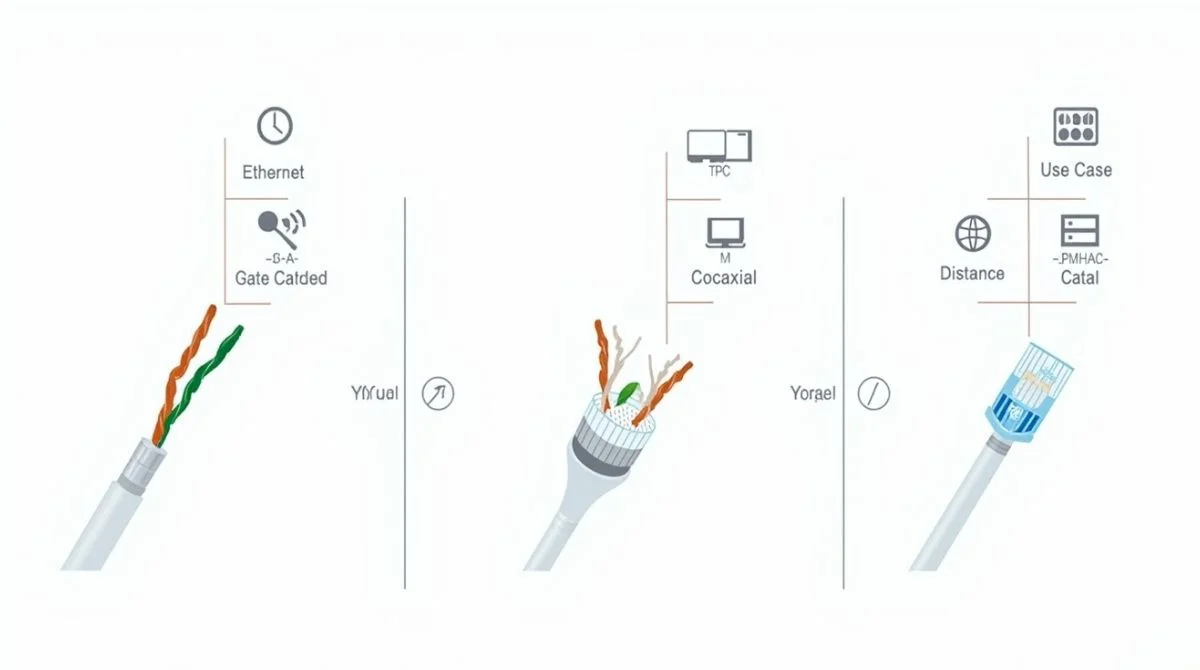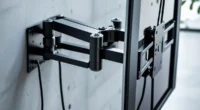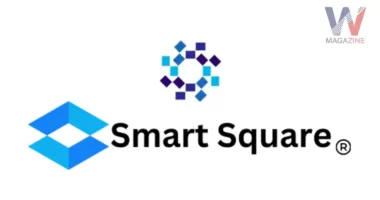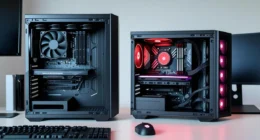Table of Contents
If you’ve ever wondered what “internet cable” really means and which one you should use, this guide is for you. We’ll break everything down in plain language, help you understand what fits your needs, and even give you some helpful buying tips that follow the latest trends. Let’s get started.
What Does “Internet Cable” Mean?
When people say internet cable, they usually mean a wire that connects your modem, router, or device to the internet. The most common types are:
- Ethernet (twisted‑pair copper wire).
- Coaxial (coax).
- Fiber optic (glass/plastic).
Each type carries data differently, and your choice depends on speed, distance, interference, and cost.
Important Types of Internet Cable
Ethernet Cable (Twisted‑Pair Copper)
How does it work?
4 pairs of copper wires twisted together inside a plastic jacket. Twisting helps reduce noise.
Popular versions
Cat5e, Cat6, Cat6a, Cat7, Cat8
- Cat5e: Good for up to 1 Gbps over 100 m, affordable and still useful.
- Cat6: Better performance with support for 10 Gbps up to around 55 m; 1 Gbps up to 100 m.
- Cat6a: Handles 10 Gbps at 100 m with extra shielding—ideal for fast, large setups.
- Cat7/Cat8: Higher speeds (up to 40 Gbps) and bandwidth, mostly for data centers.
Who should use it?
Home networks, gamers, and office workers, especially with Cat6 for best‑value performance.
Coaxial Cable (Coax)
How does it work?
A single copper conductor surrounded by insulation and shielding to prevent signal loss.
Common types
RG6 (for TV and internet), RG59 (older or lower‑grade).
Key facts:
- Much tougher and works over longer distances than Ethernet it can carry signals up to 500 m
- Slower than Ethernet: up to 10 Mbps for networking, but fine for TV or cable internet.
- Best used by cable internet ISPs and for existing TV network connections.
Who should use it: If your home is already wired with coax and you’re using standard cable internet.
Fiber Optic Cable
How does it work?
Carries data as pulses of light through glass/plastic fibers. No electrical (EMI) interference.
Highlights
- The fastest and most reliable, offering speeds from 1 Gbps to 100 Gbps over long distances.
- More expensive to install and maintain. Usually used by ISPs and in data centers.
Who should use it?
Businesses needing high speed and reliability, or homeowners with access to fiber‑to‑the‑home (FTTH).

Comparison of All Three
| Feature | Ethernet | Coaxial | Fiber Optic |
|---|---|---|---|
| Speed | 1–10 Gbps | ~10 Mbps | 1–100+ Gbps |
| Distance | Up to 100 m | Up to 500 m | Up to 100 km |
| Interference | Medium (twists) | Low (shielded) | None |
| Cost | Low–Medium | Low | High |
| Best use | Home/Office | Cable TV/ISP | ISP/Data centers |
Choosing the Right Cable?
- Home broadband or streaming? Go for Cat6 Ethernet. It’s affordable and fast.
- Using cable TV wiring with cable internet? Stick with coax, or upgrade to MoCA adapters for Ethernet over coax.
- Need ultra‑fast and future‑proof? Use fiber optic, if available.
Tips for Picking Ethernet Cable
- Use Cat6 (CMR jacket) for most indoor use.
- Choose Cat6a when running cables long distances for demanding tasks.
- Add shielding (STP) if cables run near electric lines or motors.
- Match cable jackets to the location.
- CMR for walls/risers, CMP for plenum spaces, and outdoor-rated for outside runs.
Real-World Examples
- Streaming and gaming: Cat6 is great for lag‑free 4K streaming and gaming
- Home offices: Cat6 gives fast transfers, reliable video calls, and PoE support for devices.
- Upgrading old coax: Use Ethernet‑over‑coax adapters (MoCA) to keep using existing wiring.
- Workplace & data centers: Cat6a or Cat7/Cat8 with fiber for high‑speed network backbones
Installing and Maintaining Cables
- Keep cable runs under 100 m for Ethernet and 500 m for coax.
- Avoid sharp bends and tight loops, as they can damage cables.
- Use quality components: solid‑core copper conductors, proper connectors.
- Label ends and test connections with a cable tester to be safe.
Future Trends
- Cat6 is now the default for new builds because prices are low and performance is good.
- Cat6a is growing for future‑proof setups, and 10 GbE needs.
- Ethernet over coax (MoCA) is popular for upgrading homes with existing coax wiring.
- ISPs are moving more toward fiber‑to‑home, offering 1–10 Gbps services.
Conclusion
An internet cable connects you to the digital world. Want fast, affordable, and reliable service? Go with Cat6 Ethernet. Already have cable wiring? Keep using coax, or add adapters to improve speeds. Dreaming of blazingly fast connections? Fiber optic is the gold standard, if it’s available. Choose based on your needs and budget, ensure proper installation, and you’ll be set for today and tomorrow’s internet demands.









